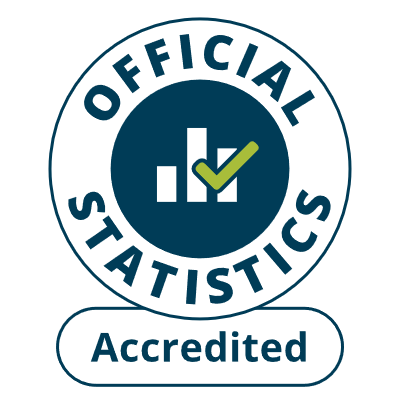Deep-rooted deprivation
This page contains the data that underlies the analysis of deep-rooted deprivation. This analysis can be found in section 2.6 of the WIMD 2019 results report, located on the WIMD webpage (see links section below).
Small areas (LSOAs) of ‘deep-rooted’ deprivation are those that have remained within the top 50 most deprived – roughly equal to the top 2.6% – small areas in Wales for the last five publications of WIMD ranks.
This data has been provided to help users to identify areas which have left, joined or remained in the most deprived group. However, care should be taken in using ranks to infer change over time. Reasons for this include alterations to the geographical boundaries of LSOAs and index design changes between iterations. See the Summary of WIMD Index changes on the WIMD index guidance webpage for more details. Please also note that WIMD is a measure of relative deprivation and therefore doesn’t give an indication of the level of deprivation in small areas or how this has changed over time. See the spreadsheet of data underlying deep-rooted deprivation analysis (below) for more details.
The data here includes the overall and domain ranks for the last five WIMD publications (WIMD 2005, 2008, 2011, 2014 and 2019) and identifies which category of deep-rooted deprivation each small area in Wales falls into.
The data table in the reports section below has four different views. Each view shows the areas that fall into one of the four categories of deep-rooted deprivation described below:
Categories of Deep-Rooted Deprivation
LSOAs in Deep-Rooted Deprivation
LSOAs that have remained in the top 50 most deprived for the last five publications of WIMD ranks (WIMD 2005, 2008, 2011, 2014 and 2019).
LSOAs moving in and out of top 50 most deprived
LSOAs that have been in the top 50 most deprived for between two and four of the last five publications of WIMD ranks (WIMD 2005, 2008, 2011, 2014 and 2019).
LSOAs ranked once in top 50 most deprived
LSOAs that have been in the top 50 most deprived for one of the last five publications of WIMD ranks (WIMD 2005, 2008, 2011, 2014 and 2019).
LSOAs never ranked in top 50 most deprived
LSOAs that have never been in the top 50 most deprived for the last five publications of WIMD ranks (WIMD 2005, 2008, 2011, 2014 and 2019).
Further analysis describing the patterns seen in indicator data between different 'Deep-Rooted Deprivation' categories was published in August 2022 in the table Indicator data by Deep-Rooted Deprivation category under the ‘Links’ section below.
The data can also be downloaded as a spreadsheet under the files section below and from the WIMD 2019 webpage (see links section below).
Please email if you have any questions: stats.inclusion@gov.wales








